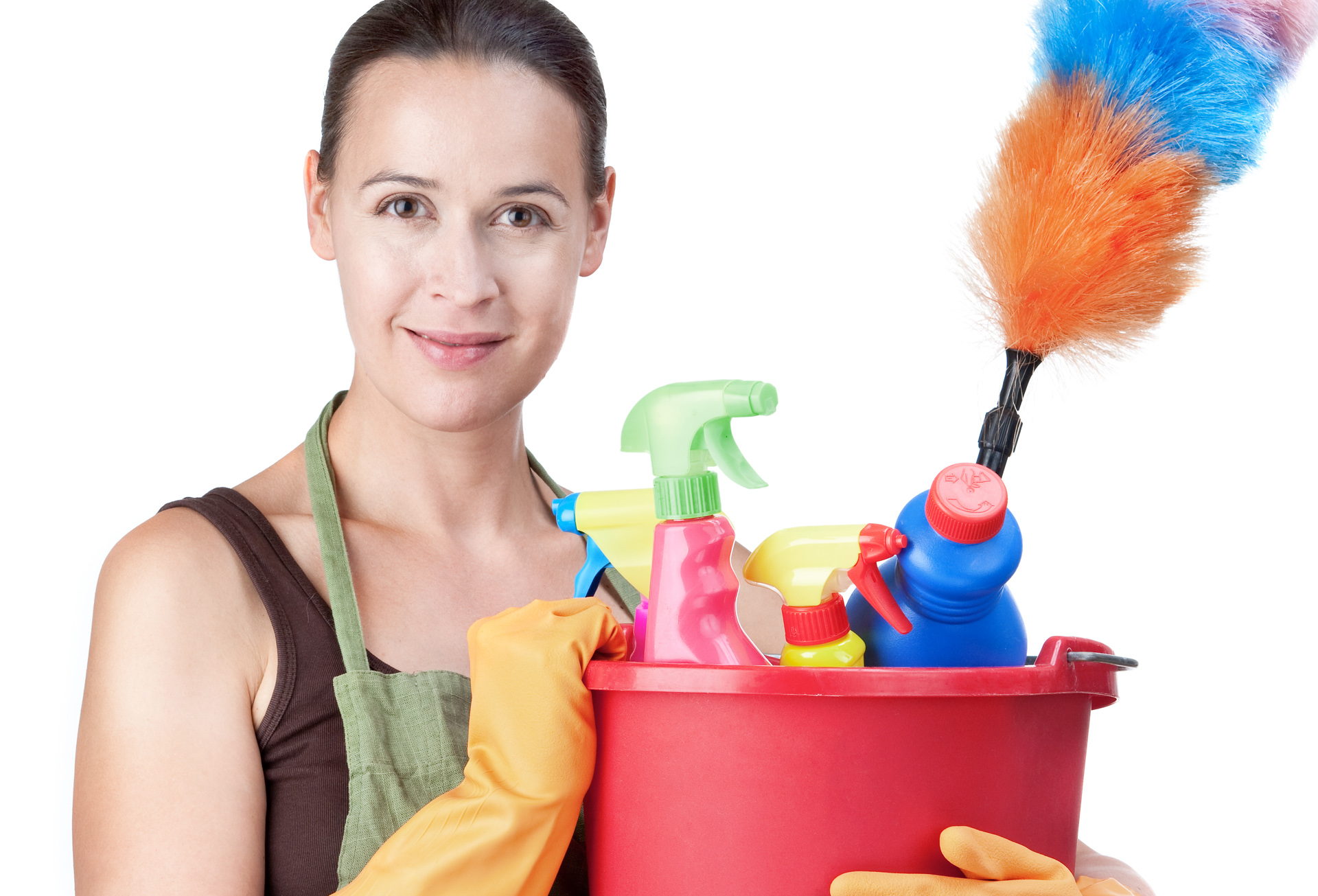Clean rooms are used in several different industries from medical, chemical, technology and more. The name itself denotes just how many dust particles can be present in the air of the room in order to consider the zone clean and sterile. Because the room must be kept free of additional dust and debris a strict level of cleanliness and preparation is required before entering the room.
General Procedure for Entering a Clean Room
Wash Hands
For at least 30 seconds with unscented soap and water. If you don’t want to watch a clock or count a full thirty seconds, a good judge of time is to sing the birthday song to yourself two times through. Wash your hands thoroughly before putting on the gown.
Step onto the Sticky Mat
The sticky mat will remove any excess dirt, dust, and debris from your shoes. Be sure to step onto the sticky mat before stepping into the clean room to keep from contaminating the sterility of the clean room environment.
Gather Coverings
Coverings in this case includes a hair net, shoe covers, face mask, and a beard net for those fellows with facial hair. Start by putting on the shoe covers, followed by the hair net, and finish with the face mask, being sure to keep the pleated side of the face mask facing out. If you have a beard, wear the beard mask, followed by the face mask, and finish with the hair net for a tidy and sterile covering.
Suit Up
Remove your suit from the rack, making sure to keep as much of it off the ground as possible when slipping into the gown. Allowing the clean suit to touch the floor while suiting up may result in contamination with dirt and debris which could compromise the integrity of the clean room. The suit goes on similar to a snow suit, with the feet going in first, followed by the arms, then zipped securely to the neck.
Over Boots
Once you’ve suited up in your shoe covers, face mask, hair net and gown, finish with the overboot covers. In this process it’s important to only step on the clean-room side of the preparation area to keep the overboot covers from picking up any dirt, debris, or dust.
Gloves
When donning the sterile gloves, it’s important to avoid touching the fingers or palms of the glove with your exposed hand. As little contact as possible is vital to ensure a sterile environment, especially where the hands are concerned since you’ll be using your hands quite a bit within the clean room. Make sure the sleeves are tucked into the gloves for a seamless fit.
Eye Protection
This is the final item of covering to wear before making your way into the clean room. Even if you don’t wear eyeglasses, eye protection is important for working in a clean room to keep fine hairs from contaminating the sterile environment of the clean room itself.
Additional Gear
Depending on the level of sterility needed in the clean room, as well as the sort of processes going on within the clean room, additional garments may be required as protection against chemicals. Additional gear may include an apron, face shield, rubber sleeves, and chemical gloves. Clean rooms that use chemicals may require more strict suiting up procedures, compared to working in with clean room die cutting equipment, for instance. Always know your safety procedures before suiting up.

































No Comments
Leave a comment Cancel